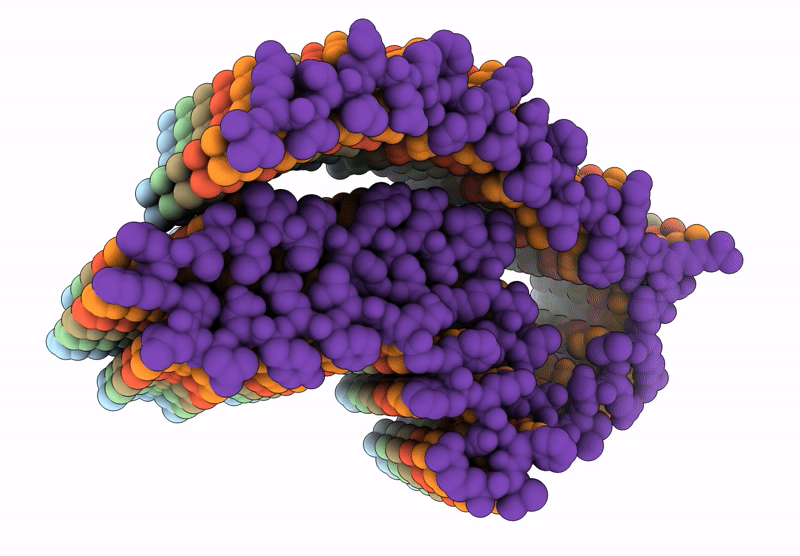
Deposition Date
2025-03-19
Release Date
2025-08-20
Last Version Date
2025-08-20
Entry Detail
PDB ID:
9U4L
Keywords:
Title:
Fibril structure of human alphaA-crystallin with pathogenic mutation R116C
Biological Source:
Source Organism:
Homo sapiens (Taxon ID: 9606)
Host Organism:
Method Details:
Experimental Method:
Resolution:
3.70 Å
Aggregation State:
FILAMENT
Reconstruction Method:
HELICAL


